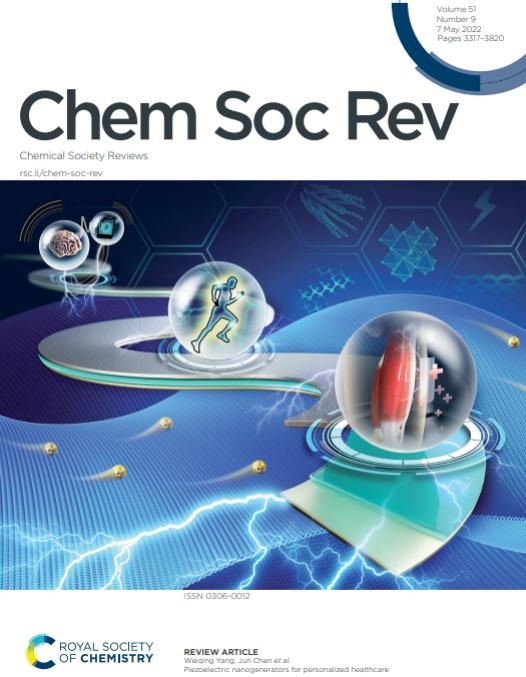用于精确癌症治疗的可注射纳米机器人:运动增强药物输送。
IF 39
1区 化学
Q1 CHEMISTRY, MULTIDISCIPLINARY
引用次数: 0
摘要
癌症仍然是一项重大的全球健康挑战,需要创新战略来克服传统疗法的局限性。虽然基于纳米颗粒的药物传递系统显示出潜力,但它们的临床转化受到靶向效率低和组织渗透不足的阻碍。可注射的纳米机器人能够在外部磁场或内源性燃料的驱动下自主运动,为提高药物输送精度提供了一种革命性的技术。本文简要介绍了可注射纳米机器人的推进机制、设计和制造,并对用于精确癌症治疗的可注射纳米机器人进行了综述。重点研究了它们在六个关键阶段的动态性能:循环、靶向、渗透、内化、释放和处理(CTPIRT过程)。与被动纳米粒子相比,自推进纳米机器人表现出更强的肿瘤积聚能力、更深的组织穿透能力和增强的细胞内化能力。此外,它们可以通过促进刺激反应性药物释放和整合多种治疗策略,大大增强治疗效果。最后,本综述深入探讨了可注射纳米机器人在可扩展制造、生物安全性和临床转化方面尚未解决的挑战。提出跨学科策略,以帮助弥合实验室研究和临床翻译之间的差距。总之,这篇综述强调了可注射纳米机器人作为精确给药的典范转变,有望克服癌症治疗中长期存在的障碍。本文章由计算机程序翻译,如有差异,请以英文原文为准。
Injectable nanorobots for precision cancer therapy: motion-enhanced drug delivery.
Cancer remains a major global health challenge, demanding innovative strategies to overcome the limitations of conventional therapies. While nanoparticle-based drug delivery systems show potential, their clinical translation is hindered by low targeting efficiency and insufficient tissue penetration. Injectable nanorobots, capable of autonomous movement driven by external fields or endogenous fuels, offer a transformative technology to enhance drug delivery precision. Following the brief discussion of propulsion mechanisms, design and fabrication of injectable nanorobots, this review provides a comprehensive summary of injectable nanorobots designed for precision cancer therapy. It focuses on their dynamic performance across six critical stages: circulation, targeting, penetration, internalization, release, and treatment (CTPIRT process). Compared to passive nanoparticles, self-propelled nanorobots demonstrate superior tumor accumulation, deeper tissue penetration, and enhanced cellular internalization. Furthermore, they can substantially amplify therapeutic efficacy by enabling stimulus-responsive drug release and integrating diverse treatment strategies. Finally, this review delves into the unresolved challenges in scalable fabrication, biosafety, and clinical translation of injectable nanorobots. Interdisciplinary strategies are proposed to help bridge the gap between laboratory research and clinical translation. Together, this review highlights injectable nanorobots as a paradigm shift in precision drug delivery, promising a path toward surmounting the long-standing barriers in cancer therapy.
求助全文
通过发布文献求助,成功后即可免费获取论文全文。
去求助
来源期刊

Chemical Society Reviews
化学-化学综合
CiteScore
80.80
自引率
1.10%
发文量
345
审稿时长
6.0 months
期刊介绍:
Chemical Society Reviews is published by: Royal Society of Chemistry.
Focus: Review articles on topics of current interest in chemistry;
Predecessors: Quarterly Reviews, Chemical Society (1947–1971);
Current title: Since 1971;
Impact factor: 60.615 (2021);
Themed issues: Occasional themed issues on new and emerging areas of research in the chemical sciences
 求助内容:
求助内容: 应助结果提醒方式:
应助结果提醒方式:


